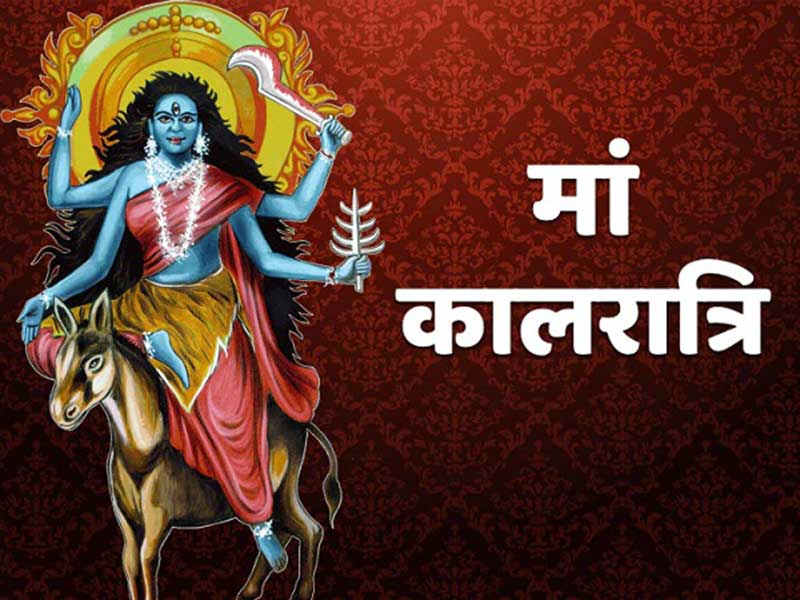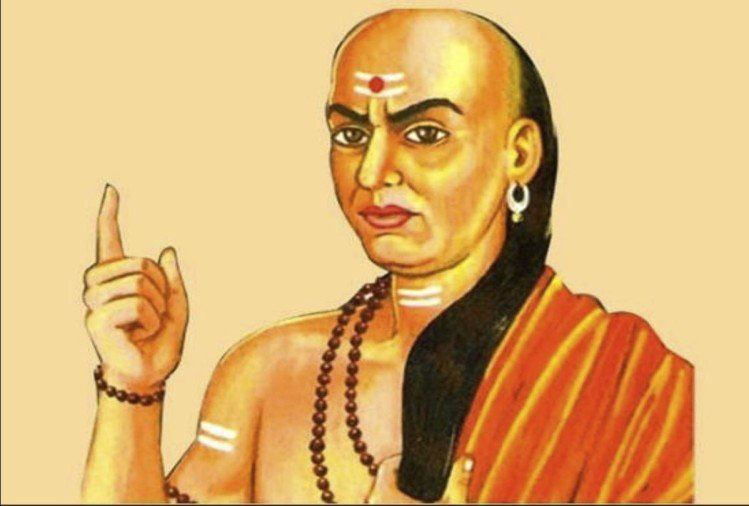Maa Kalratri is one of the other names of Bhagwati Durga. Kalratri is an important occasion of worship on the eighth day of Navratri, in which special worship of Lord Shiva’s goddess Rupa Devi is done.
By performing the rituals of Maa Kalratri on this day, it is believed that the devotees gain strength, courage and restraint.
Maa Kalratri is the goddess of the second day of nine days of Navratri. He is also known as “Kalratri”, a combination of “Kaal” and “Ratri”, meaning “night of darkness”. The idol of Maa Kalratri is black in color and she wears the Indian Gajra with silver.
She is the fierce form of Durga, who takes her devotees out of darkness and leads them to light. By worshiping Maa Kalratri, devotees gain courage, restraint, and fearlessness.
It is said that by the grace of Maa Kalratri, the devotees remove the darkness and get the
direction of light in their life. The time of his worship is at night, when his energy and strength are at their best.
Read about festivals of India : Basant Panchmi बसंत पंचमी | Kumbh Mela | Holi
You can worship Maa Kalratri by following these steps:
Preparation of puja place: Choose a pure and clean place for puja. This place should be easily accessible and suitable for worship.
Arrival and installation: Install the idol of Maa Kalratri at the place of worship. After this, approach them with Pran-Pratishtha, i.e. enliven them with the faith of the Goddess.
Invocation and praise: Invoke Maa Kalratri and keep her in mind. Praise them by different names and seek blessings of their grace.
Puja Parts: Other puja parts for Maa Kalratri may include abhishek, applying sandalwood,
offering floral tributes, lighting lamps, performing aarti, offering sweets, and distributing prasad.
Devotion and Dedication: Dedicate your mind, words, and actions to Maa Kalratri. Offer him all your adoration and receive blessings from him.
Siddha Mantra of Maa Kalratri: ‘Om Ain Hreem Kleem Chamundayai Vicchai Om Kalratri Daivye Namah.
Also, you can get the details of the puja by contacting the local priest or pandit and getting
under their guidance.
मां कालरात्रि – Maa Kalratri
Maa Kalratri : मां कालरात्रि भगवती दुर्गा की अन्य नामों में से एक हैं। कालरात्रि, नवरात्रि
के सातवा दिन के पूजन का एक महत्वपूर्ण अवसर है, जिसमें भगवान शिव की भवानी रूपा देवी
की विशेष पूजा की जाती है। इस दिन मां कालरात्रि की अनुष्ठान करने से मान्यता है कि भक्तों को
शक्ति, साहस, और संयम की प्राप्ति होती है।
मां कालरात्रि, नवरात्रि के नौ दिनों के दूसरे दिन की देवी हैं। उन्हें “कालरात्रि” के नाम से भी जाना जाता है, जो “काल” और “रात्रि” का संयोजन है, अर्थात् “अंधकार की रात”। मां कालरात्रि की मूर्ति काले रंग की होती है और वह चांदी के साथ भारतीय गजरा पहनती हैं।
वे दुर्गा की भयंकर रूप हैं, जो अपने भक्तों को अंधकार से निकालकर प्रकाश की ओर ले जाती हैं। मां कालरात्रि की पूजा करने से भक्तों को साहस, संयम, और निर्भयता की प्राप्ति होती है।
कहा जाता है कि मां कालरात्रि की कृपा से भक्तों के अंधकार को दूर करके उन्हें जीवन में प्रकाश की दिशा मिलती है। उनकी पूजा का समय रात्रि के होता है, जब उनकी ऊर्जा और शक्ति सर्वोत्तम होती है।
मां कालरात्रि की पूजा करने के लिए निम्नलिखित चरणों का पालन किया जा सकता है:
पूजा स्थल की तैयारी: पूजा के लिए एक शुद्ध और साफ स्थान चुनें। यह स्थान आसानी से पहुंचने और पूजा करने के लिए उपयुक्त होना चाहिए।
आगमन और अवस्थापन: मां कालरात्रि की मूर्ति को पूजा स्थल पर स्थापित करें। इसके बाद, उन्हें प्राण-प्रतिष्ठा के साथ आगमन करें, यानी उन्हें देवी की आस्था से जीवंत करें।
Read about festivals of India : Basant Panchmi बसंत पंचमी | Kumbh Mela | Holi
आवाहन और स्तुति: मां कालरात्रि को आवाहन करें और उन्हें ध्यान में ले। उन्हें विभिन्न नामों से स्तुति दें और उनकी कृपा का आशीर्वाद चाहें।
पूजा अङ्ग: मां कालरात्रि के लिए अन्य पूजा अङ्गों में अभिषेक, चंदन लगाना, पुष्पांजलि अर्पण, दीप जलाना, आरती उतारना, मिठाई चढ़ाना, और प्रसाद बाँटना शामिल हो सकते हैं।
भक्ति और समर्पण: अपने मन, वचन, और क्रिया से मां कालरात्रि को समर्पित करें।
उन्हें अपने समस्त आराध्यता को अर्पित करें और उनसे आशीर्वाद प्राप्त करें।
मां कालरात्रि का सिद्ध मंत्र: ‘ओम ऐं ह्रीं क्लीं चामुण्डायै विच्चै ऊं कालरात्रि दैव्ये नम:। ‘
इसके अलावा, आप स्थानीय पुजारी या पंडित से संपर्क करके और उनके मार्गदर्शन में पूजा का विवरण प्राप्त कर सकते हैं।



